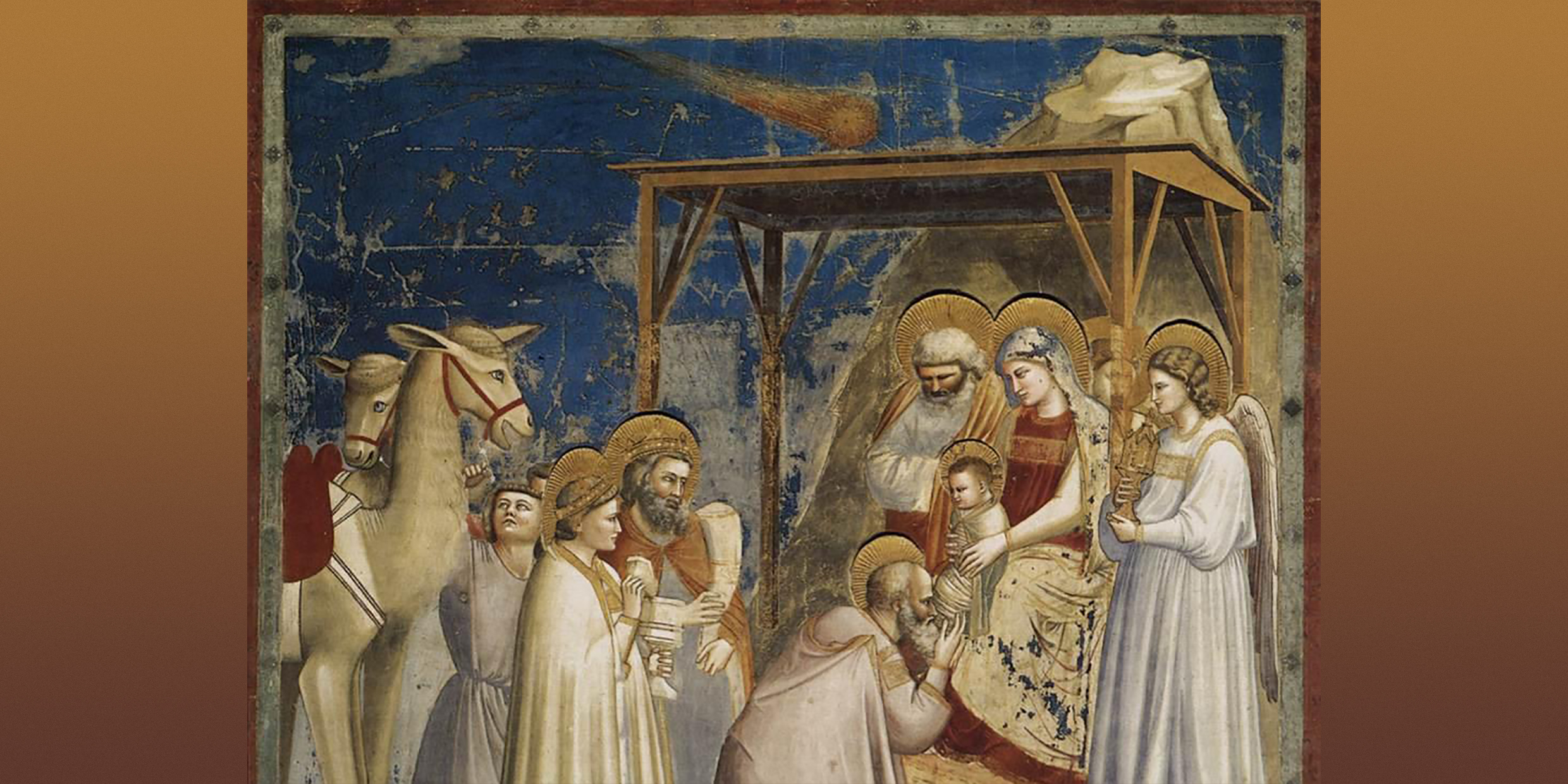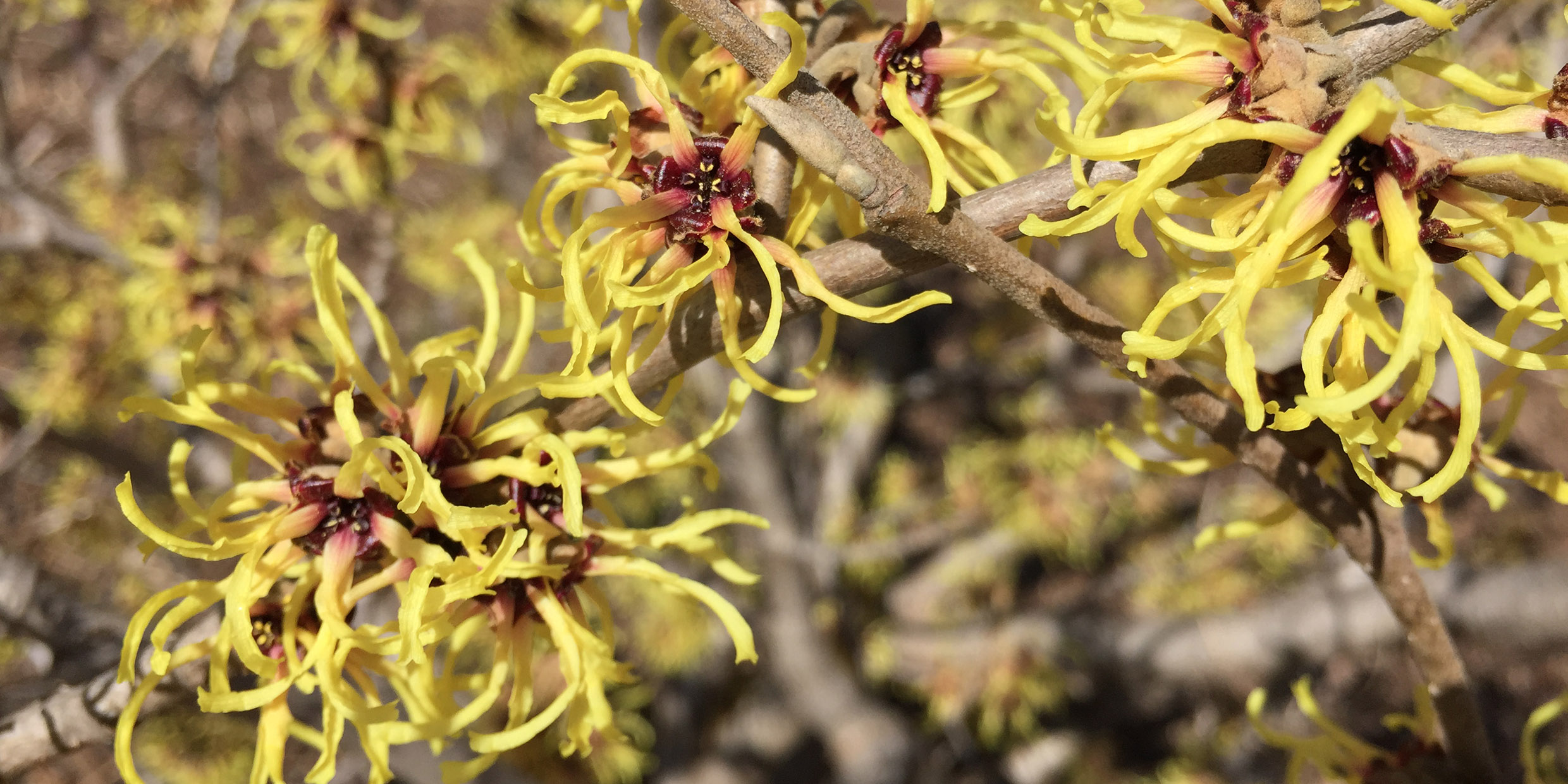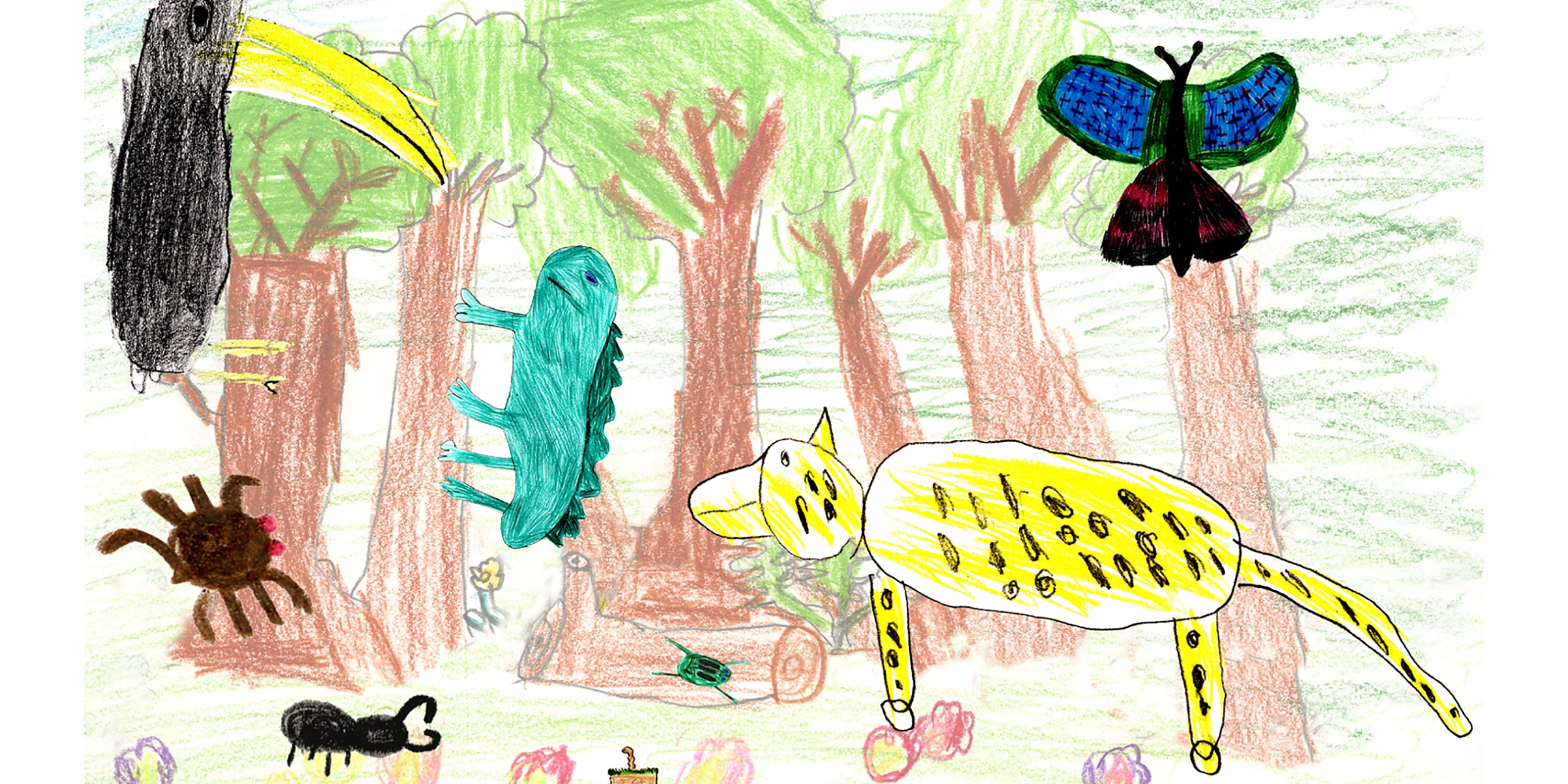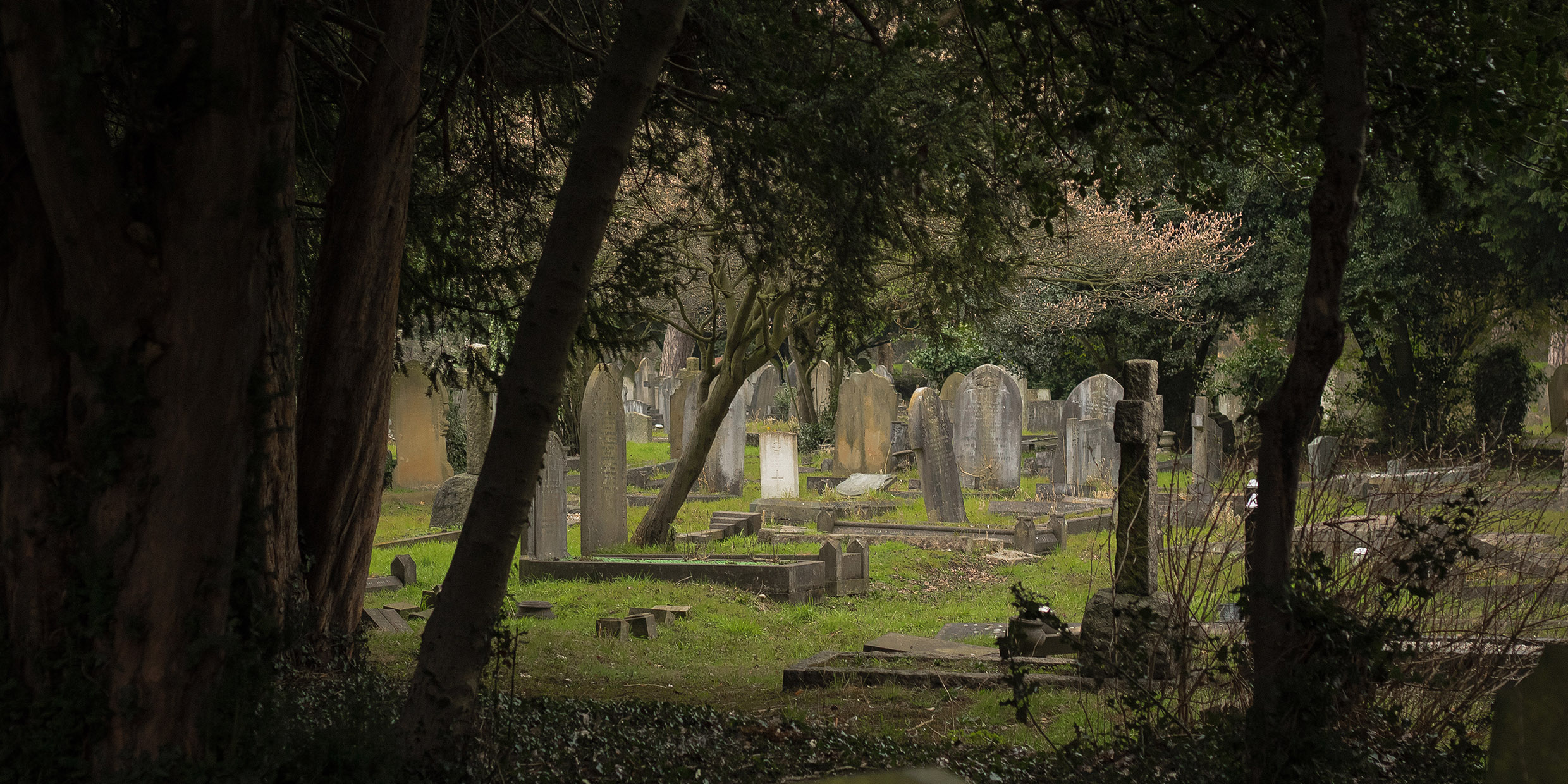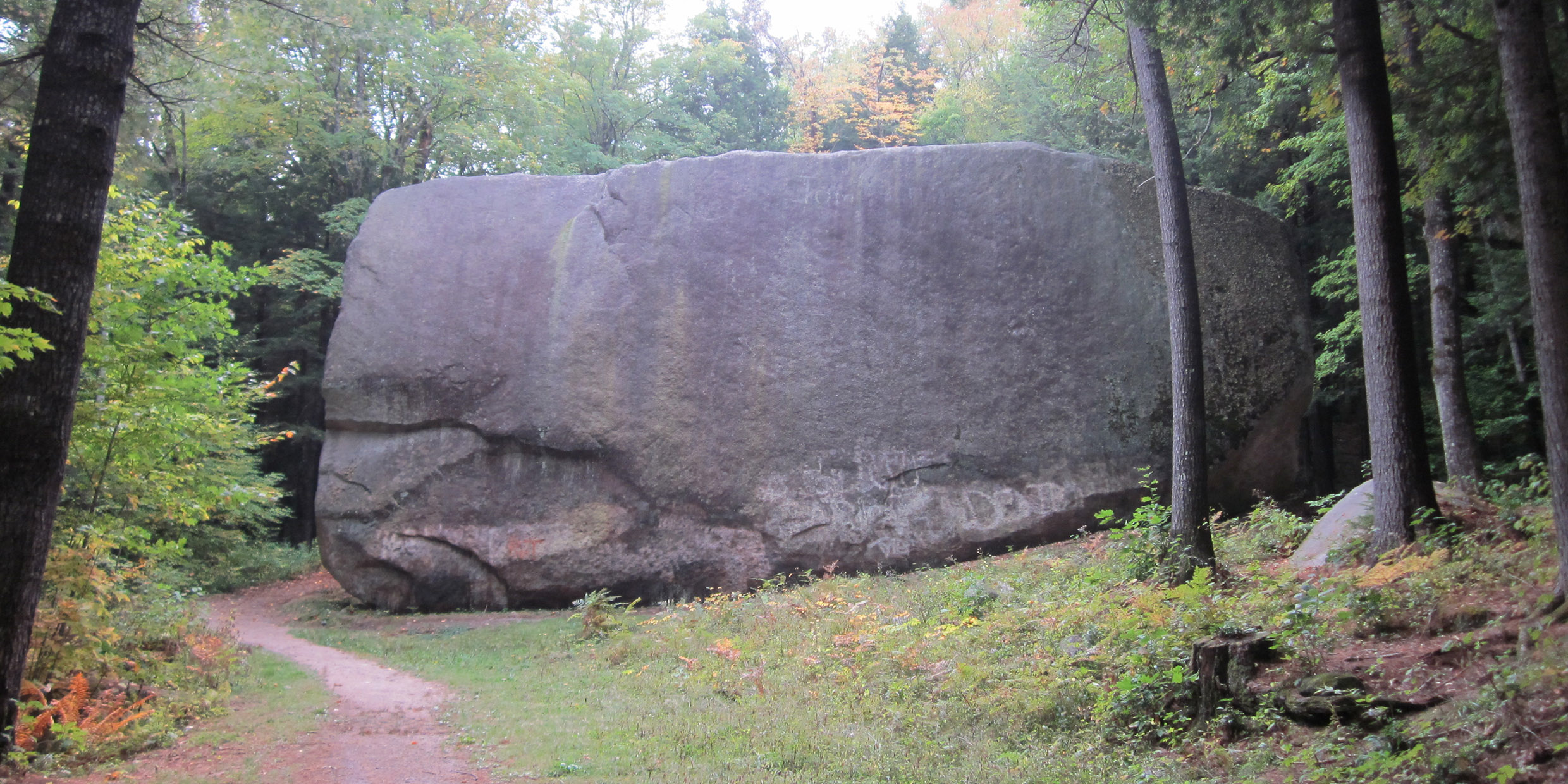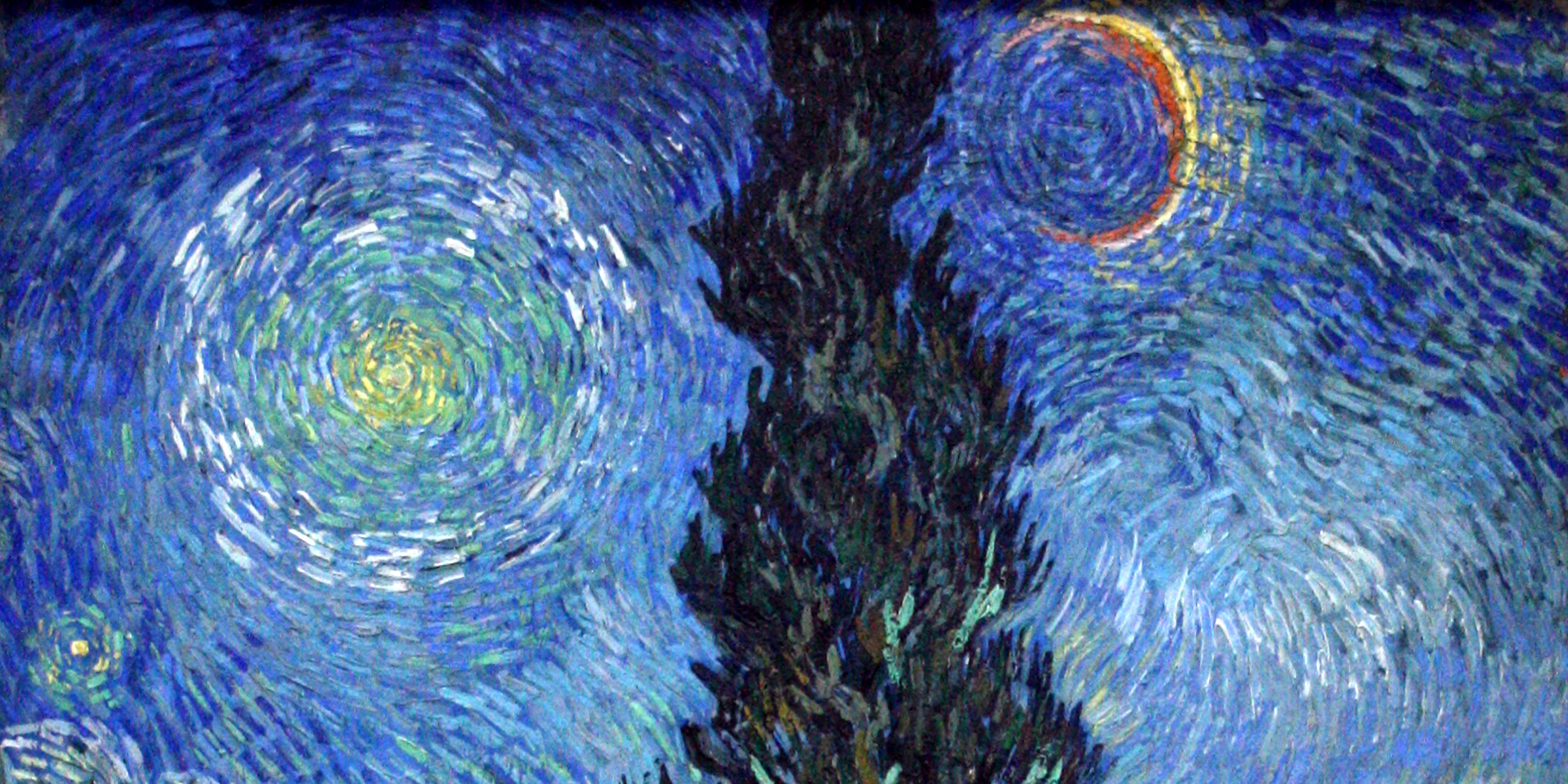In the year 1303, Enrico Scrovegni, a businessman of Padua, Italy, commissioned the construction of a chapel, partly to expiate the sins of his father, a notorious money-lender assigned by the poet Dante to the seventh circle of Hell.
Articles with 1988
Twinkle, twinkle little scam
Some of you last-minute Christmas shoppers may have received a solicitation from a company willing to sell you a star. For a fee of $35 the company (actually, there are several outfits in this business) will name a star for the recipient of your gift. The name will be registered in something called the “International Star Registry,” perhaps with the promise that the list of names will subsequently be copyrighted by the Library of Congress.
The unsimple apple
I have a colleague, a physicist, who tells his students, “If it’s not simple, it’s not physics.” He does not mean that physics is easy. He means that physics is the study of things simple enough to be described mathematically.
The new creationists
The C‑word is back. “Creation,” long taboo, tainted with the odor of mysticism, a pariah concept that dared not speak its name, is back in the vocabulary of science.
A tree for middle-age
While walking with several students on my college campus I saw at the woods’ edge a spray of gold against a grey November sky. It was the witch hazel, that most untypical tree, bursting riotously into bloom when everything else is closing down.
Nature’s lessons
Several recent surveys suggest that America is a nation of science illiterates.
But would we really want to live forever?
Why do we die? I’m not talking about death by accident, murder, war, or disease, but the inevitable senescence that comes to us all, the catastrophic decline into old age and death that no amount of care, wealth, or connivance can delay. A lucky mayfly might survive for as long as four weeks, a turtle can live for 150 years, and a human being for a century — but when your number comes, the time is up.
Rambling rocks
On December 21, 1620, the Pilgrims alighted from the Mayflower at Plymouth, and according to tradition made their landfall on a rock that has become enshrined in American folklore. Plymouth Rock, like the Pilgrims themselves, was a traveler to the Massachusetts shore, a boulder plucked up by moving ice at a location far to the north and dropped at the place where the Pilgrims found it.
Breaking barriers
Among the barriers to equality faced by women in science is the deeply entrenched notion that women are subjective, personal, and emotional, whereas men — like science — are objective, impersonal, and rational.
Van Gogh’s night
In [a 1988] issue of Sky & Telescope magazine, astronomers Donald Olson and Russell Doescher turn their attention from the real sky to a sky painted by the 19th century Dutch artist Vincent van Gogh. The painting, “Road with Cypress and Star,” shows three celestial objects — a crescent moon, a bright star, and a less bright star near the horizon. The astronomers asked themselves: Is the sky in the painting the product of the artist’s imagination, or was it inspired by an actual configuration of celestial objects?
